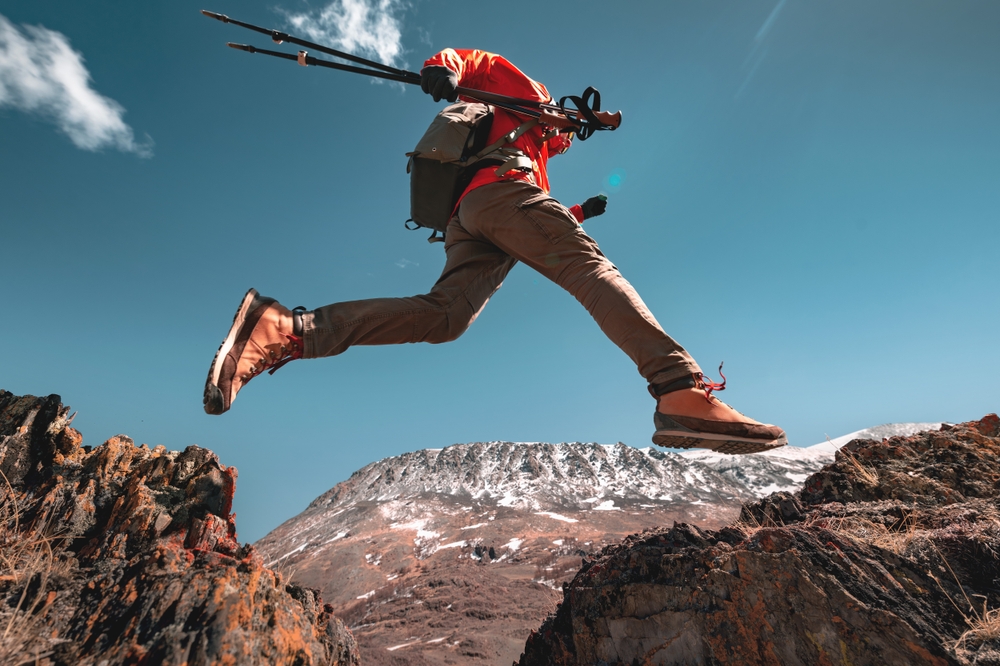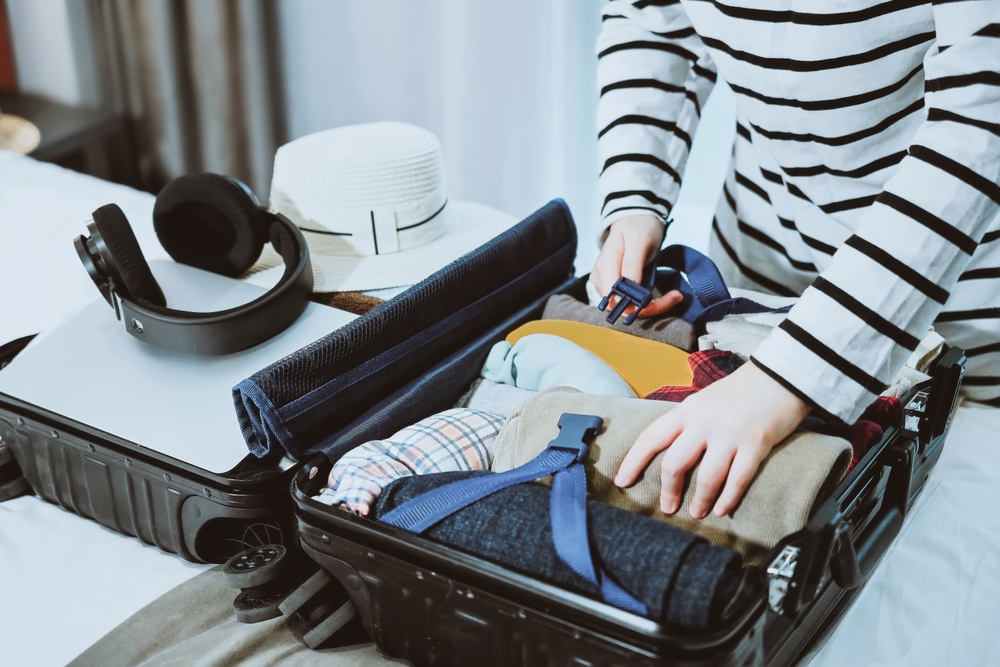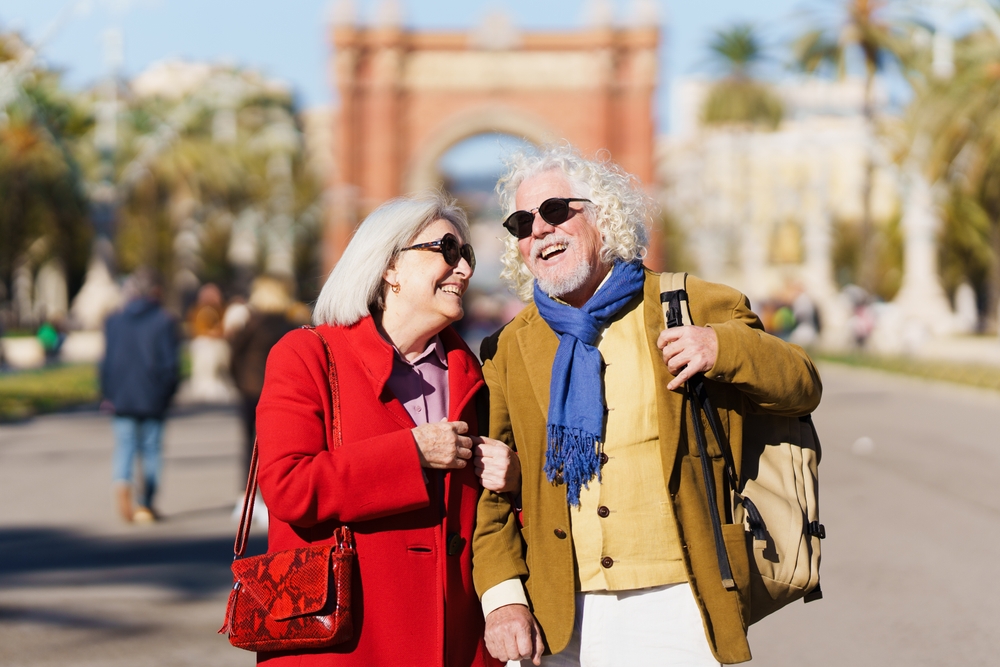Here are expert tips from doctors to avoid spending your next vacation on the toilet.
It doesn’t really matter how many stamps are in your passport or how many languages you speak. You’re not a black-belt traveler until you’ve notched at least one spectacular poop story.
There’s nothing like the Cronenbergian body horror of feeling your guts melt into loose goop when you’re thousands of miles from home. It can happen at any time, anywhere. A taxi in Mexico City. After a Michelin-starred meal in Istanbul. The best street food of your life in Cartagena. Hours after a charming lunch at a Parisian cafe. No matter the continent, bubble guts is an indiscriminate threat worldwide.
But getting food poisoning isn’t a certainty for an adventurous traveler. Some no-nonsense tips from health experts can help prevent you from spending your next trip alternating between the fetal position and the toilet. Here are some top tips from health experts on how to avoid food poisoning on your next trip.
Before you travel, hit up a doctor familiar with travel medicine
And not just for vaccinations. Two top recommendations from Dr. Partha Nandi, a board-certified doctor of gastroenterology and internal medicine, are anti-diarrheal medication such as bismuth subsalicylate (aka Pepto-Bismol), or loperamide, and anti-motion sickness meds. These pills can help a transient case of diarrhea resolve quickly or at least keep symptoms at bay. As the FDA will tell you, foreign pharmacies can sometimes contain “impure or toxic ingredients.” In a pinch, an American embassy may be able to help, but that’s definitely a last resort. It’s better to pregame with your doctor and keep your meds with you.
Any time you’re getting on a plane, eat foods that are easy on your system
Flight alone will muck up your gut. Dr. Nandi says your digestive system requires more energy to work properly at altitude. So, after and before flights, eat sensibly and skip inflammatory foods that will make you gassy; skip the greasy meats, beans, and processed carbs. Instead, Dr. Nandi says, reach for “nuts, turkey meat, and carrots, as these are all things that don’t cause inflammation.”
When abroad, avoid raw, unwashed fruits and vegetables
Traveling to a new country is not the time to try out a raw food diet. The Centers for Disease Control and Prevention and the US Food and Drug Administration recommend eating raw fruits and vegetables only when you have peeled them or washed them in clean water. Don’t eat street mangos, don’t eat salads, don’t drink fresh orange juice. If those plants were washed, it’s likely to have been in tap water. If you wouldn’t drink the water, you don’t want to order the watercress salad.
Drink only bottled and filtered water
Ice cubes. Residual droplets on just-washed hands. Damp lettuce. Contaminated water—the top cause of illness during travel—can be sneaky stuff. Your digestive system is a dazzlingly complex ecosystem of microorganisms, prone to disruption by a change in daily routine or unfamiliar microbes from new-to-you food and water. Even if locals can drink tap water, the various bacteria, protozoa, and viruses therein can knock your newbie gut out of whack.
Bottled water is the safest bet. Order the bottled version to ensure that it was actually sealed rather than refilled at the tap. Having your own water filter and/or water sanitizer tablets is a good backup for when bottles may not be available. Use boiled, filtered, or bottled water for everything.
Make sure your food is hot
“If you’re going to eat food that should be hot, make sure that the food is very hot,” Dr. Maria Portela Martinez, a board-certified family medicine physician with a master’s degree in public health, told Thrillist. “Sometimes you can tell that there’s steam coming out of the food or that it’s a little bubbly. All of those things are a good indicator that it’s unlikely that the bacteria is living in that food.”
“Whenever you have food sitting out for a long time at room temperature or just sitting there for a long period of time, it has more of a chance of being contaminated either by itself, by being out at room temperature or by someone,” Martinez continued.
Make yourself waterproof in the shower
This one is easy to mess up because you probably don’t realize how much water you drink in the shower. Avoid getting any in your mouth or eyes while bathing in places with iffy tap water.
Take some ginger for an upset stomach
Ginger is one of the oldest natural remedies for upset stomachs. It reduces inflammation and acts as a natural antibiotic. “Taking care of your body through natural remedies can be surprisingly effective,” Dr. Nandi says. Ginger is also versatile, common, and portable. Think tea bags or candied ginger. It won’t reverse an infection but can help ease painful symptoms while you wait for stronger meds to kick in.
Keep your hands obsessively clean
Soap, warm water, thorough scrubbing, followed by thorough drying—you know the drill. Just do it way more often. Or use an alcohol-based sanitizer before eating and after using the bathroom. Pathogens can enter the system with a simple touch of your hand to your mouth, nose, eyes, or ears, so try to keep your hands off of yourself and your companions unless they are freshly cleaned.
“Wash your hands as much as possible. It’s not just washing your hands before and after going to the bathroom, but also after touching common surfaces that are shared by other people,” Martinez said.
If the sh*t does hit the fan, power down
If food poisoning hits, don’t panic. “Mind over matter,” Dr. Nandi says. “No matter how sick you are, you are only going to feel as horrible as you let yourself feel.” Once you address your state of mind, he recommends “complete and utter bed rest.” If that doesn’t improve things, it’s time to seek medical help. He recommends investing in travelers insurance to find a doctor. Occasionally, a bathroom emergency can devolve into a medical emergency.



